Sheikh Shamil - Hero or Spy? - Subjective View of History
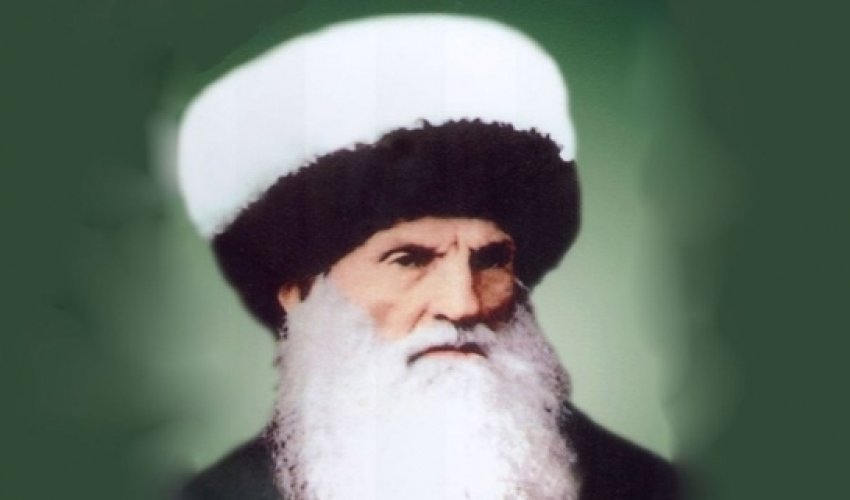
At the mention of the name that has become a worldwide symbol of heroism and the struggle for freedom, Sheikh Shamil involuntarily reminded such concepts as bravery, courage and endurance. The famous hero of the Caucasus about 35 years fought the tsarist Russia and a great many books and articles have been written and ideas have been expressed about him. Today, about the courage and bravery of Sheikh Shamil it is said not only in the Caucasus, but also in the territory from Turkey to Central Asia.
In this article we will talk about other qualities of Sheikh Shamil. However, the reservation is that we do not aim to call into doubt the positive qualities of Sheikh Shamil.
According to historical facts, Shamil was not only a political figure and leader of the system he built and tried to save, but also the head of the Murids movement. Whatever the positive qualities of Shamil, but the characteristics resulting from the above activities look like shadow. They have remained a mystery until now.
Let us share information about the idea of the movement, the cornerstone of Muridism. Muridism is very young. Despite the fact that this movement is one of the currents of Sufism, it has gained much popularity in the Caucasus and spread enough . According to official sources , the idea was first brought to the Caucasus by Hass-Magomed from Bukhara in 1823 as a scientific basis of Sufism. But in fact it was not Muridism. Muridism is not strongly associated with Islam. Some scholars argue that it is not even one of the trends in Islam. It was formed only in the Caucasus and subsequently disappeared there later. Why the Caucasus?
Whatever the Caucasus may have been shrouded in mystery in the 19th century, sufficiently studied is the history of the Apostolic Church of Albania (Albanian Catholicos ). Naturally, if the Caucasus was a religious center , it was , respectively, the management and the people who adhere to the religion. An interesting fact is that the spread in the Caucasus and the elimination of Muridism and the Albanian Apostolic Church fully coincide in time. In 1836, Russia abolished the church and handed its management over to the Armenian Gregorian Church. This church has become a major force for the prevention of Tsarist Russia in the Caucasus and capable Muridism also prevented the spread of Islam. But it was closed. The reason ? Reason someone may seem implausible . But the truth is that in this way an attempt was made to destroy the roots of the Albanian Turks in this region. Such attempts were made and it is always resorted to such actions now. For example, Wahhabism . Everyone knows who is behind this course and who are these forces . If we turn our attention to another important factor , we see that one of the prominent figures that promoted Islam in the Caucasus was Sheikh Mansour. Who was this man? Sources indicate that in reality it was Theophil Lapinski. The name adopted by this Pole by birth and Catholic by faith Theophilus was "Tevfik Bey." N. D. Litvinov gives sufficient information about it in his records.
Let us go back to Shamil. Complete capture of the Caucasus was part of the Russian open policy , but the invisible side of this policy is that the Russians tried to completely clear the Caucasus from the Turks. In fact, the Caucasian war was not aggressive. It was purely ideological. At first glance, Muridism and the Shamil movement was the perfect means of destroying faith in the God of Heaven , only superficially similar to Christianity. Therefore, the Russians, without even thinking, abolished the Albanian church and turned a blind eye to the spread of Muridism that did not have a serious attitude towards Islam . If since Shamil's coming to power we pay attention to his relationships with his colleagues and brothers in arms, we see that in this matter there is a lot of dark undisclosed parties. A second hero of the Caucasus, who became famous even before Sheikh Shamil, is Haji Murat, who before switching to the side of Shamil maintained close relations with the Russians. However, the deterioration of relations between them subsequently led to the fact that Haji Murat then again changed his views. There is another interesting point that I would like to draw attention to - the famous Russian writer Leo Tolstoy somehow devoted his artwork not to the first hero of the Caucasus, Sheikh Shamil, but to the second one, Haji Murat. And this hero once was captured by the Russians, was immediately put to death and beheaded. In the novel, the following interesting words are addressed by Haji Murat to the Russian General Klugen: "I do not wear my turban for Shamil, I wear it for the salvation of my soul ... And I cannot go to the side of Shamil, because my father, brothers and friends were killed because of him. I cannot go to the Russian side either. They humiliated my honor."
Unlike Haji Murat, Sheikh Shamil for some reason did not fight to the death and chose to surrender. Usually heroism means standard acts of battle to the last drop of blood. For some reason, the man, whose heroism is so much spoken about, who also acted as a freedom fighter, agreed to live as a prisoner.
Shamil's life as a prisoner was also interesting. The Russians showed too much leniency towards such a dangerous enemy. The proof is the solid pension that the king appointed to Sheikh Shamil. Why is this case so interesting? But there are other facts. His children were offered special privileges and service in the palace of the emperor. The house in which Shamil lived in Kaluga was a three storey house near the river. His neighbor was Prince Alexander Bariatinsky, who captivated Shamil. Interestingly, the house of Yermolov that captured the Caucasus, next to the mansion of Shamil, looked a little shack and the king determined a very small pension for him. Hence it can be concluded that the Caucasus was captured not by Yermolov, but by Shamil. There exists an unofficial version that the English secret archives kept private matters on Shamil. It describes the fact of his "recruitment" and the adoption of Islam.
But it was Northwestern Azerbaijan that suffered most from the Shamil movement - both materially and spiritually. With the collapse of the Ilisu Sultanate, its archive numbering three hundred years of history was burned. No historical document was left. The reason was that the last Sultan, Daniyal Bey, joined Shamil. And that was the basis for the Russians' attack on Ilisu, even despite the fact that later Sultan Daniyal surrendered, agreeing to the terms of the Russians. But it was too late.
Today, we can only learn the history of this area from Russian, Georgian and Armenian sources . But this is not always possible to find the facts really true.
In conclusion, I note that because of Sheikh Shamil Muridism movement, we the Turks once again lost what we had gained. Complexity of the problem lies in the fact that it is very difficult to understand all this.
Namik Man-tash
ANN.Az
























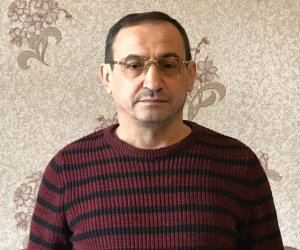
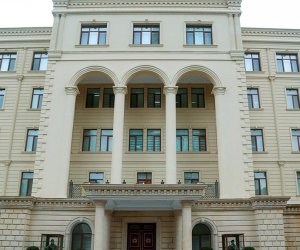
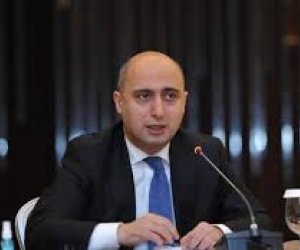


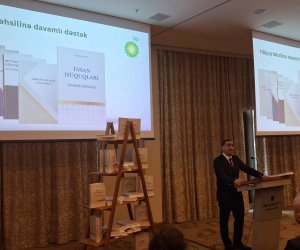






 Photo
Photo 


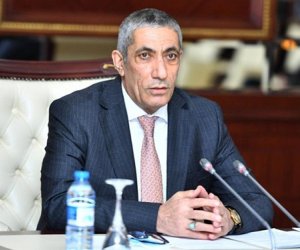
 Video
Video 

